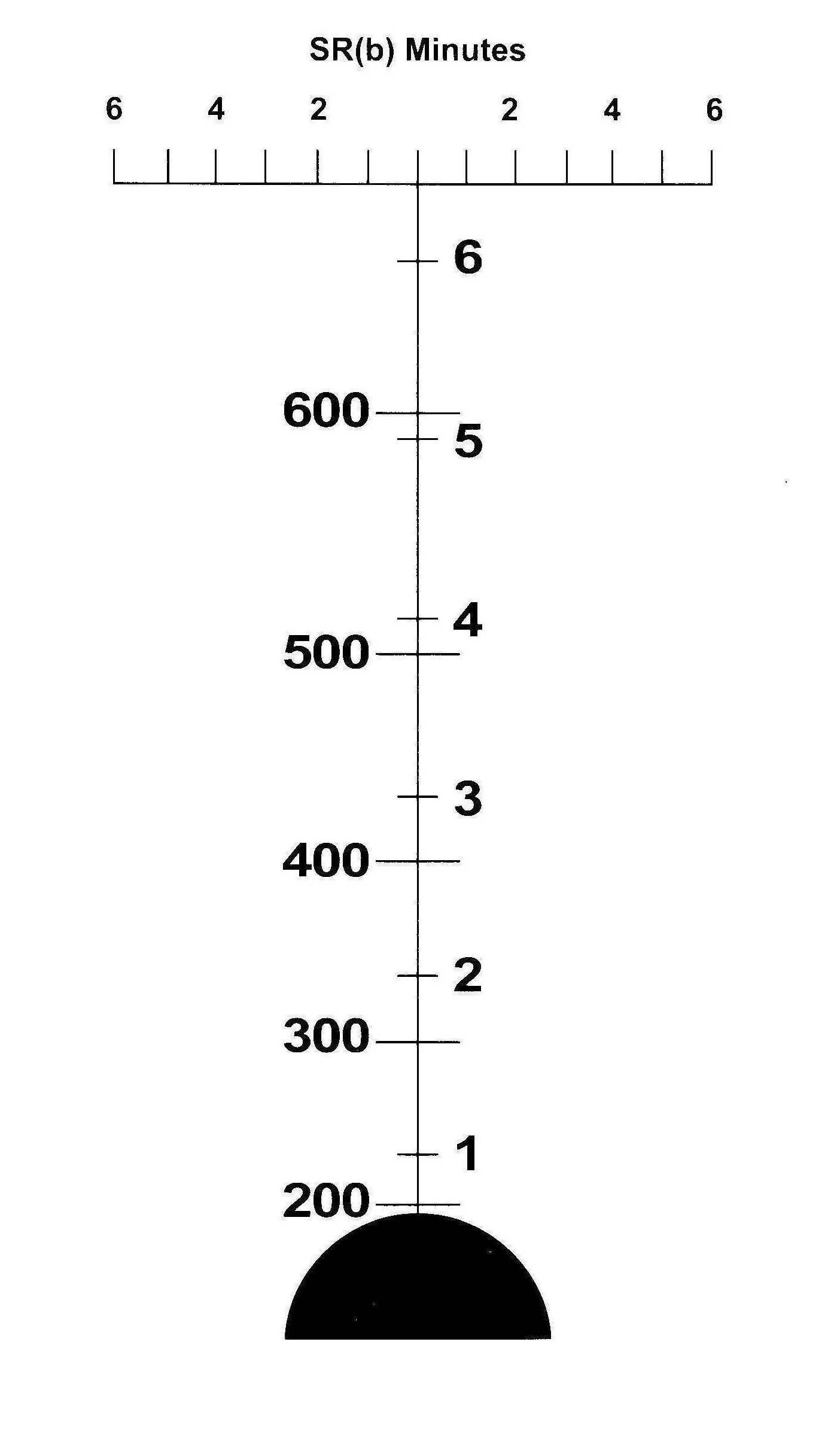If you have just bought a new rifle and you are lucky enough to be able to visit the National Shooting Centre at Bisley then your next port of call should be the Range Office, where you should ask for a Zero target for a 303 and they will sell you a card that looks like this:
|
|
And the Zero Range can be found here at 2: |
This card will only work on the zero range because the zero range is only 71 feet 7 inches long and the card is scaled to match that distance.
There is a range register in the range office in which you have to enter your details before using the zero range.
Note; These instructions are intended only for use with a .303 Lee Enfield service rifle, but 7.62/.308 and 5.56/.223 cards are available. It is intended for use with standard factory ammunition; hand loaded ammunition may give variable results.
You should first boresight your rifle by removing the bolt and checking that when you look down the bore you can see the target, and then, without moving the rifle, check that the target is also visible through the sights.
Adopt the prone position, ideally using a rest for support and if you have sights that include windage adjustment, make sure that this is centred or set to "0".
Set your rearsight to the range of your choice, but something higher than 200 yds - say 500 yds to avoid obliterating the aiming mark with your early shots.
The black semi-circle at the bottom of the target card is your aiming mark; place the tip of your foresight blade at the base of the aiming mark.
When you fire a shot the sight setting and the POI should correspond to the setting in yards on the left hand scale on the card.
Adjust (or change) your foresight blade until your shots are central and the POI on the card matches the range set on the rearsight, then wind your rearsight down to see if it is also accurate on 300 and 200.



